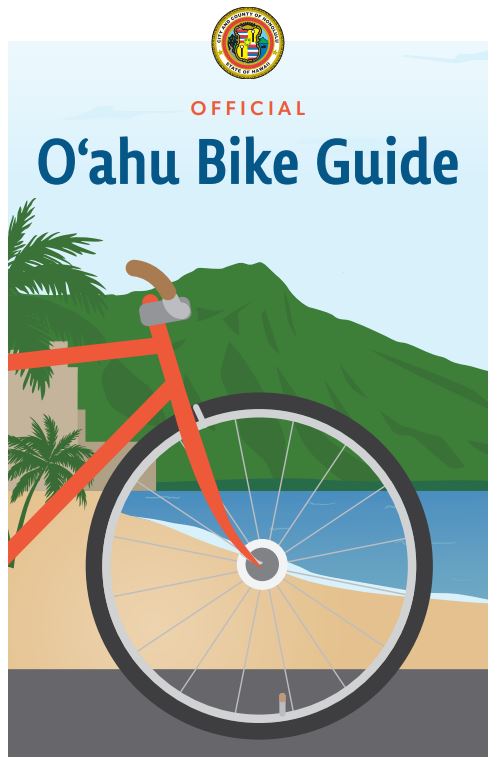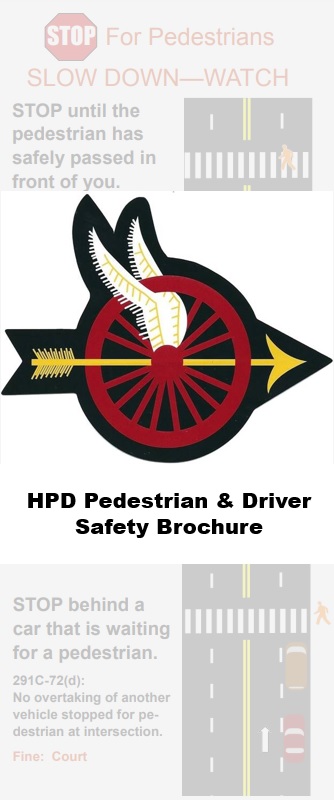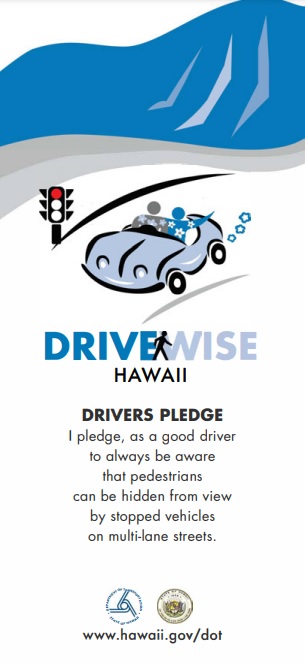“Jaywalking”
In 2021, of the 81 fatal and critical motor vehicle collisions, more than a quarter – 24 were pedestrian related. 18 of these pedestrians did not use a crosswalk to cross a street.
Some facts about Jaywalking:
- Jaywalking is crossing a street outside of the crosswalk or away from the street corner
- Jaywalking is against a law and punishable by fines in the State of Hawaii
- Some people still believe that crossing using a marked crosswalk is inconvenient
- Jaywalking is Dangerous and Deadly.
§291C-72 Pedestrians’ right-of-way in crosswalks.
No pedestrian shall suddenly leave a curb or other place of safety and walk or run into the path of a vehicle which is so close that it is impossible for the driver to yield.
Click here for the full description of the Hawaii law
§291C-73 Crossing at other than crosswalks.
Every pedestrian crossing a roadway at any point other than within a marked crosswalk or within an unmarked crosswalk at an intersection shall yield the right-of-way to all vehicles upon the roadway.
Click here for the full description of the Hawaii law
Penalty: Fines ranging from $130 to $180.
External Resources
Click on the Brochures below for viewing or a downloadable PDF
https://www.nhtsa.gov/pedestrian-safety/how-pedestrians-can-walk-safely
Bicycle Laws

Since July 10, 2012 the new Vulnerable Users Law is in effect. This law doubles penalties for motorists who kill or seriously injure vulnerable users (cyclists, pedestrians, police officers, road workers, etc.) acting legally. View the full Vulnerable Users law here.
§291C-142 Traffic Laws Apply to Bicyclists.
Bicyclists using a roadway have all the rights and duties applicable to the driver of a motor vehicle, except as stated by special bicycle regulations and except for those provisions which by their nature cannot be applied to bicyclists.
Click here for the full description of the Hawaii law
§291C-144 Clinging to Vehicles.
When riding a bicycle, do not attach it or yourself to another vehicle.
Click here for the full description of the Hawaii law
§291C-145 Riding on Roadways and Bikeways.
When traveling slower than the normal speed of traffic, bicyclists are to ride as close to the right hand curb or on the shoulder of the roadway, as practical.
Click here for the full description of the Hawaii law
§291C-147 Lights and Other Equipment on Bicycles.
Any bicycle used from thirty (30) minutes after sunset until thirty (30) minutes before sunrise must have a head light, facing forward. Bicycles must be equipped with brakes capable of bringing the bicycle to a complete stop within 25 feet from a speed of 10 mph on dry, level, clean pavement.
Click here for the full description of the Hawaii law
§291C-150 Bicycle Helmets.
No person under sixteen (16) years of age shall operate a bicycle on a street, bikeway, or any other public property unless that person is wearing a properly fitted and fastened bicycle helmet.
Click here for the full description of the Hawaii law
External Resources
Bicycle Safety

- Wear clothes that make you more visible.
- Be cautious when riding a bike at night. Make sure you have the proper lights on your bicycle. Wear reflective materials or clothing.
- Wear a helmet. Studies have shown that wearing a helmet can reduce injuries by up to 80%.
- Loose items should be secured to a properly installed carrier or carried in a backpack.
- Protect against bike theft. Most bikes stolen are not locked.
- Obey traffic signs, signals and road markings.
- Be familiar with the laws pertaining to bicycles.
External Resources
https://www.nhtsa.gov/road-safety/bicycle-safety



